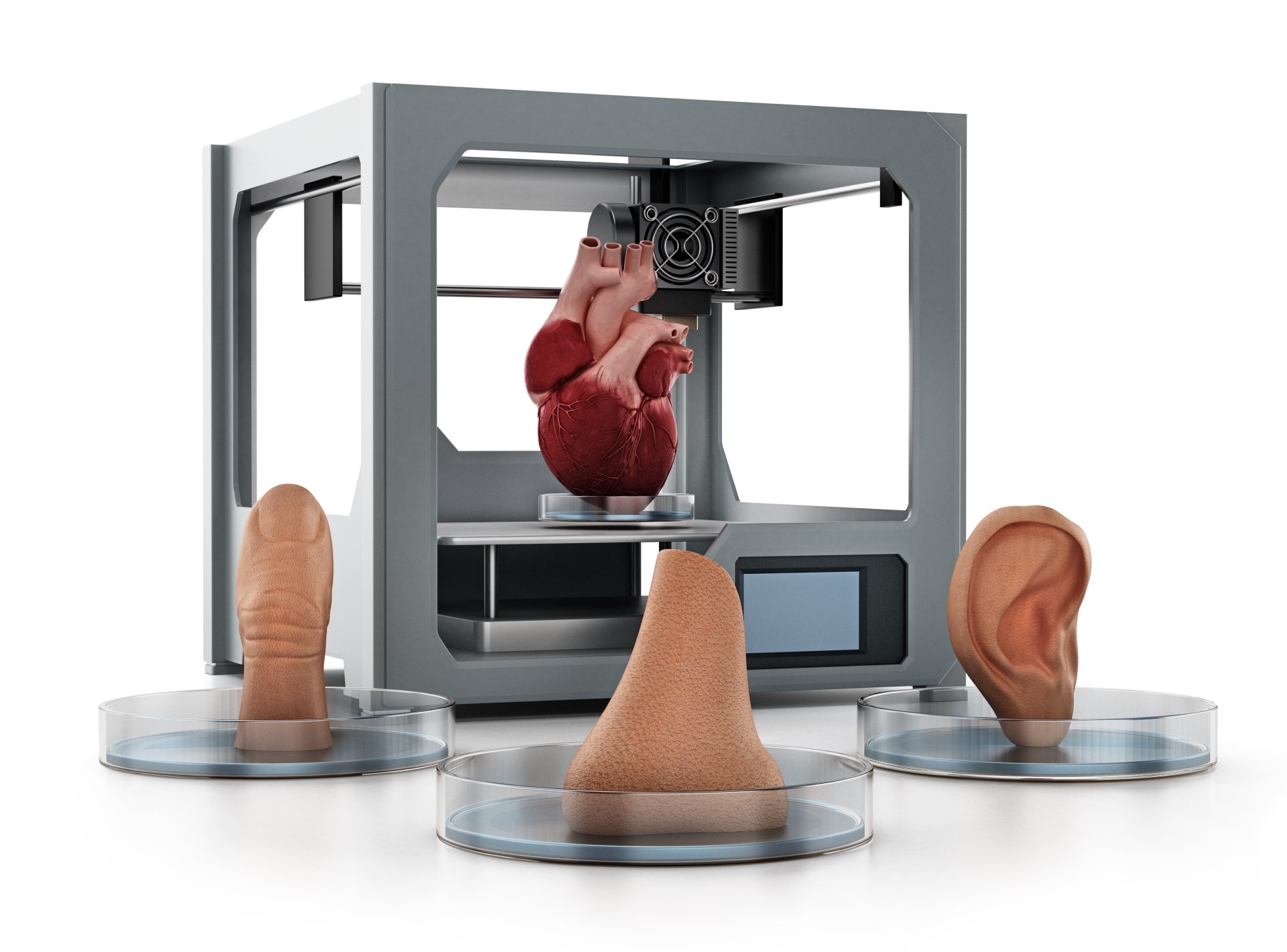A significant breakthrough in skin regeneration and wound healing has been made by researchers at the Wake Forest Institute for Regenerative Medicine (WFIRM).
The study, published in Science Translational Medicine, presented the successful development of a new bio-printed skin that accelerated wound healing, supported healthy extracellular matrix remodelling, providing optimism for complete wound recovery.
Lead authors, Dr Anthony Atala MD, the director of WFIRM, and Professor Adam Jorgensen MD, also from WFIRM, pointed out that skin regeneration has long been studied with hopes of providing burn victims, wounded warriors, and those with skin disorders opportunities at complete healing.
“Available grafts are often temporary, or if permanent, have only some of the elements of normal skin, which often have a scarred appearance, and the creation of full thickness skin has not been possible to date,” Dr Atala explained.
“Comprehensive skin healing is a significant clinical challenge, affecting millions of individuals worldwide, with limited options – these results show that the creation of full thickness human bioengineered skin is possible and promotes quicker healing and more naturally appearing outcomes.
“Bioprinting is a promising alternative method to generate skin substitutes because it can replicate the structural organization of the skin into biomimetic layers in vitro.”
The researchers successfully bio printed all six major primary human cell types present in skin (keratinocytes, dermal fibroblasts, adipocytes, melanocytes, follicle dermal papilla cells and dermal microvascular endothelial cells) combined with specialised hydrogels as a bioink, and a multi-layered full thickness skin was created which contained all three layers present in normal human tissue: epidermis, dermis, and hypodermis.
“When transplanted in pre-clinical settings, the bio-printed skin formed blood vessels, skin patterns, and normal tissue formation,” Dr Atala said.
Following this, the researchers used a larger, 5-cm x 5-cm (2-in x 2-in) bio-printed porcine skin graft to cover a full-thickness wound on a pig model, which also demonstrated improved healing and collagen production, and reduced skin contraction and fibrosis.
“The bioengineered skin grafts offer a triple-layer structure for full-thickness wound coverage and promotes quicker healing and more naturally appearing outcomes,” Dr Atala said.


